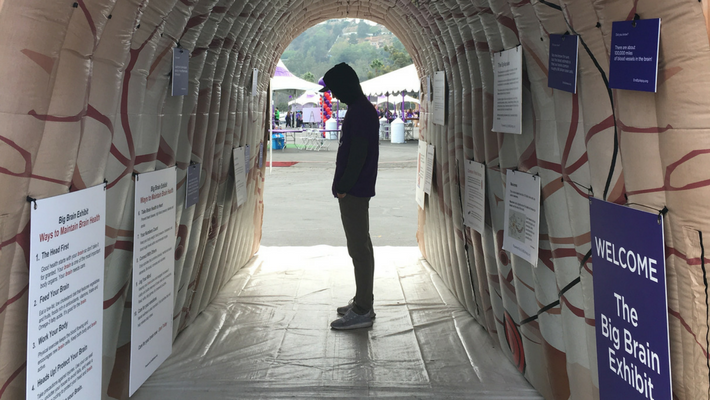
At Ambry, “Finding Answers” is at the core of what we do. We know patients and clinicians depend on us to find answers that help them better understand diseases, and improve outcomes.
2017 has been a busy and productive year for Ambry. In particular, using Ambry’s clinical exome test, ExomeNext, we have been successful in identifying many new disease-causing genetic mutations. Working with leading scientists and clinicians, Ambry has been able to help identify the genetic causes of many mysterious disorders. We are excited to share with you the novel gene-diseases associations we have discovered and their associated publications in the table below.
We also want to give a special thank you to the patients, scientists and clinicians who have participated in these studies. Ambry could not have made these new advances without their courage and commitment.
As we look forward to 2018, we look forward to serving the patients and families that depend on us for answers.
| Novel Disease Identified | Gene(s) Responsible | Resulting Biological Dysfunction | Clinical Impact | Publication |
|
Developmental disability with hypotonia and gait ataxia |
DOCK3 |
Dysfunction cytoskeleton organization. |
New syndrome described |
|
|
Epileptic encephalopathy |
SCN8A |
Dysfunction in voltage-gated sodium channel |
Identified new variants in an alternative isoform |
|
|
Encephalopathies with infantile/childhood onset epilepsies |
SCN2A |
Dysfunction in voltage-gated sodium channel |
Supports correlation between response to sodium channel |
|
|
GRIN2B-associated encephalopathy |
GRIN2B |
Dysfunction in neuronal communication |
Identified additional symptoms of the disease not previously attributed to mutation |
|
|
YY1-associated haploinsufficiency syndrome |
YY1 |
Dysregulation of key transcriptional regulators |
New syndrome described |
|
|
Mitochondriopathy with optic atrophy |
FDXR |
Dysfunction in ferredoxin NADP reductase activity |
New syndrome described |
|
|
DHX30-associated neurodevelopmental syndrome |
DHX30 |
Dysregulation in translational control |
New syndrome described |
|
|
PPP3CA-associated |
PPP3CA |
Dysfunction in neuronal communication |
New syndrome described |
|
|
Severe infantile onset |
WARS2 |
Loss of mitochondrial protein production |
New syndrome described |
|
|
SPTAN1-associated neuropathology |
SPTAN1 |
Dysfunction cytoskeleton organization. |
Comprehensive delineation of SPTAN1-assoicated phenotype |
|
|
DNM1-associated encephalopathy |
DNM1 |
Dysfunction in neuronal communication |
Further delineation of phenotype |
|
|
SETD5-associated developmental delay syndrome |
SETD5 |
Dysfunction in transcriptional control |
Further delineation of phenotype |
|
|
FOXG1 syndrome |
FOXG1 |
Loss of function leads to dysfunction in brain development |
Further delineation of phenotype |
|
|
BPTF-related neurodevelopmental syndrome |
BPTF |
Dysregulation in transcriptional control |
New syndrome described |
|
|
Neurodegenerative disorder |
UBTF |
Dysregulation in transcriptional control |
New syndrome described |
|
|
IQSEC2-associated intellectual disability syndrome |
IQSEC2 |
Dysregulation in cytoskeletal and neuronal communication |
Further delineation of phenotype |
|
|
Intellectual disability with or without seizures and gait abnormalities |
GRIA4 |
Dysfunction in neuronal communication |
New syndrome described |



